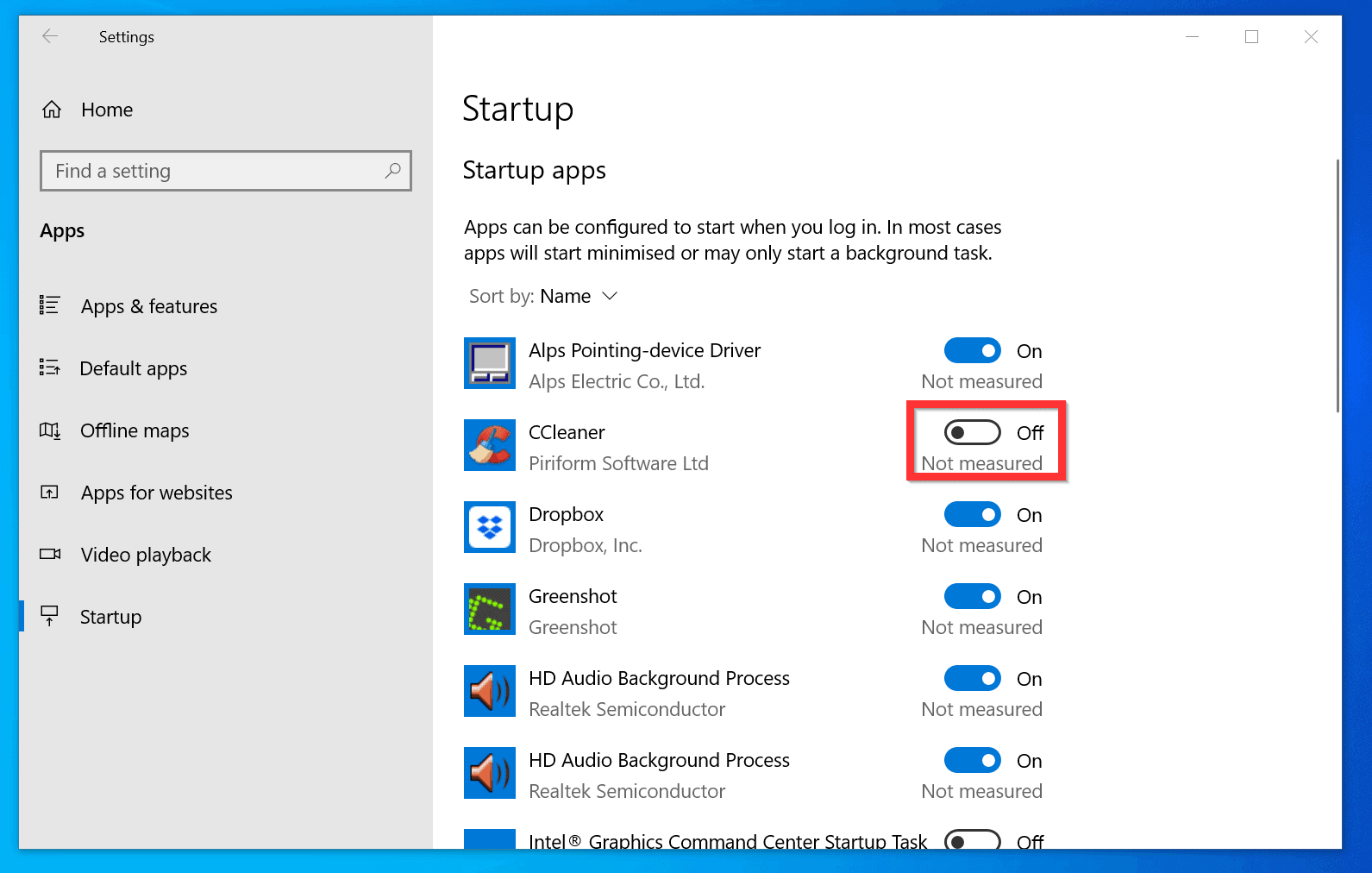
Really, all it comes down to is partitioning your drive a few times with one partition reserved purely for system stuff and minimizing the amount of excess data on said partitions (I would keep programs that can’t run without large dependencies on the system drive (if it is just a small reg key, I’ll put an install.reg in the root of the program in question and move it out)). The fact is, even if “virus.exe is asking for elevated permissions” people would still click “okay, run, whatever, I don’t know any better” and OS X’s solution to allow a SIGNED application to instantly get root permissions of course resulted in some people getting their viruses signed and turning OS X into malware heaven. “Many Eyes” has been disproved numerous times over and package managers have had issues, in the past, of people using man-in-the-middle attacks.
#How to stop programs running on startup windows 8.1 windows
You shouldn’t run Windows Vista/7/8/10 in admin mode either, but people still do!Īnd with linux, you shouldn’t sudo every stupid program/script/whatever that asks for it… and people still do. You shouldn’t run Windows XP in admin mode, but people did and Microsoft was blamed for viruses being run with root permissions. Once a program gets root permissions, it is all over period. That's it.Īs of this date, no UNIX computer can withstand my UNIX virus. ' with screen dimming, the values should be as follows:įor 'Always notify me', set the following values:Īfter you change these values, you must restart Windows for the changes to take the effect. ' without screen dimming, the values should be as follows:įor 'Notify me. There you need to adjust the following four DWORD values:įor 'Never Notify' setting, set them as follows:įor 'Notify me. UAC settings are stored in the following registry key: HKEY_LOCAL_MACHINE\SOFTWARE\Microsoft\Windows\CurrentVersion\Policies\System Besides the UAC prompt, the whole screen will be dimmed. If you are working in a limited user account, you might need to provide administrative account credentials. When it is enabled, UAC shows notifications every time some app tries to make system-wide changes to OS settings, or even when the user tries to configure Windows settings which require administrator permissions.

This setting is the most secure (and most annoying). When the screen is dimmed, no other apps can access that dialog, so only the user can interact with it to confirm or deny the request. When some app requests permission to complete a potentially harmful action, you will see the appropriate security warning and the entire screen will be dimmed behind the UAC confirmation dialog. This setting is set by default in Windows 8.1. Notify me only when apps try to make changes to my computer (default)

If you are working in limited/standard user account and using this UAC level, then you might need to provide administrator account credentials (user name and password) to elevate. When some app requests system-level changes, you will see the appropriate security warning, however, the screen will not turn dark behind the warning dialog. Because the screen is not dimmed, malicious apps can interact with the UAC security dialog and try to automatically click Yes to continue the action. So turning off the Secure Desktop is a potential security hole, as some app may confirm the request for you and damage your OS and data. This setting is almost like the default one. Notify me only when apps try to make changes to my computer (don't dim my desktop) I do not recommend you to use this UAC level unless you understand perfectly why you need to disable UAC. The 'Never notify' option disables UAC and turns off security warnings. For 'Always notify me', set the following values: Never Notify (disables UAC)


 0 kommentar(er)
0 kommentar(er)
